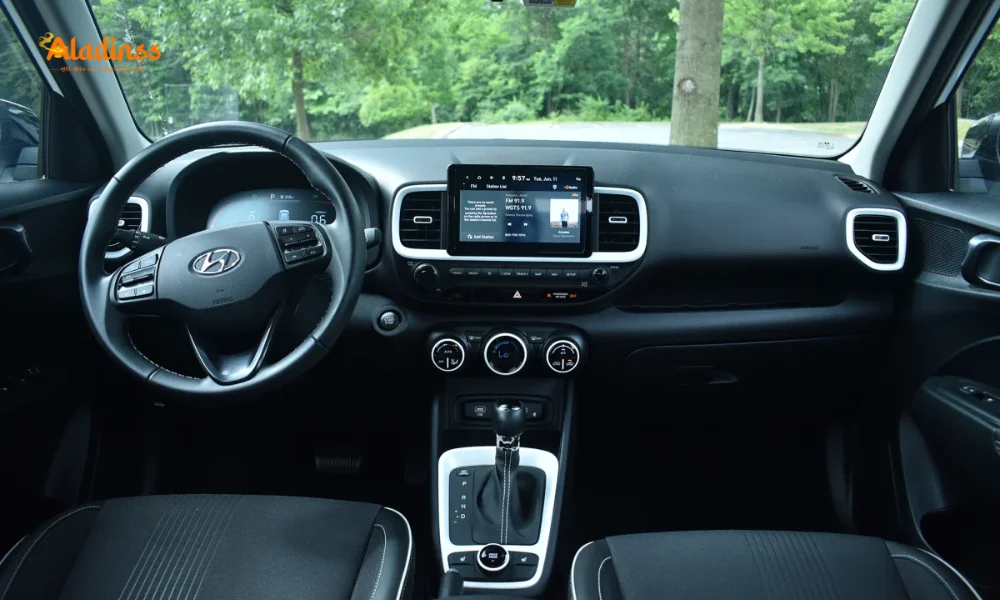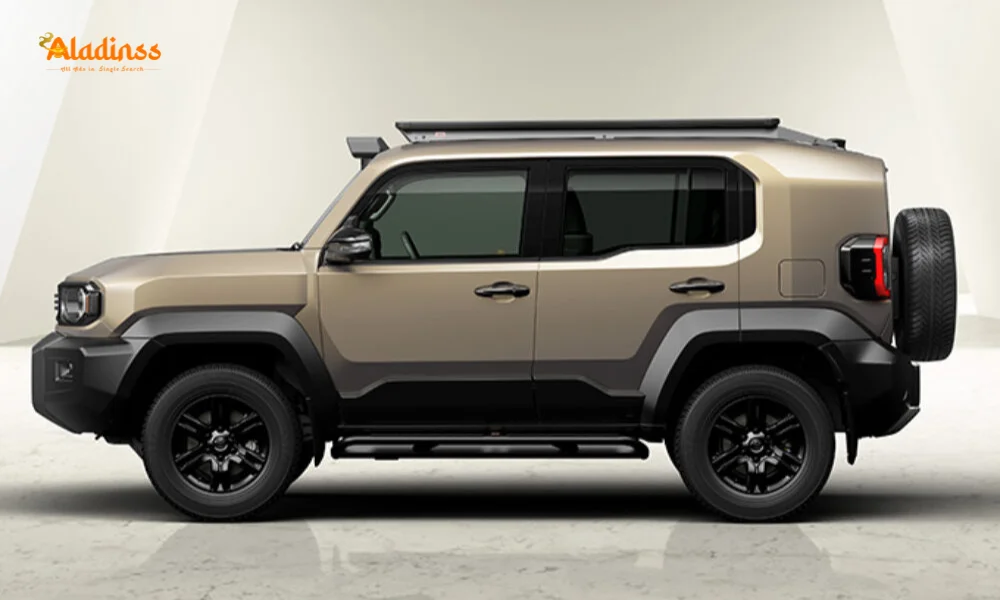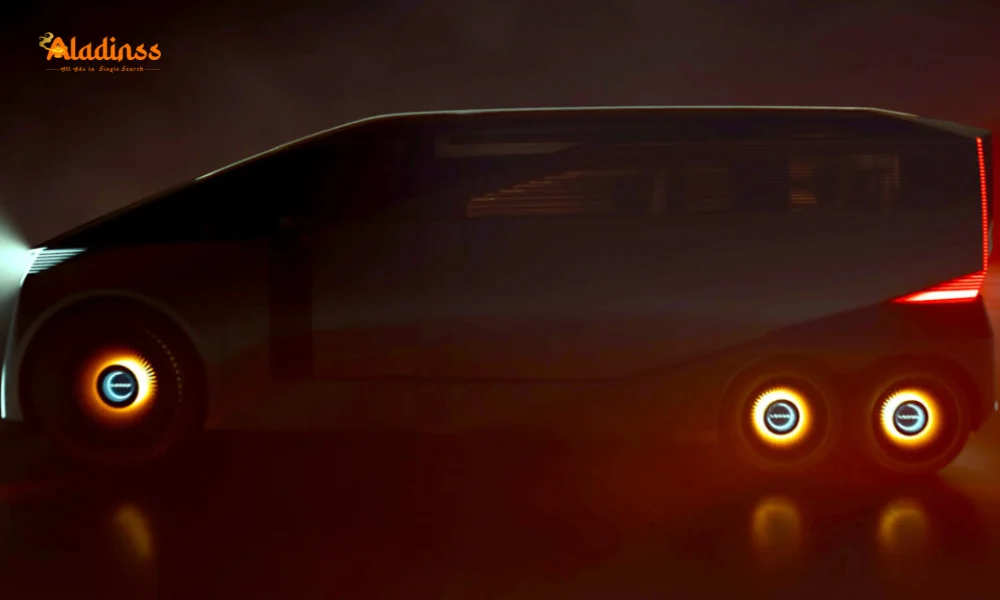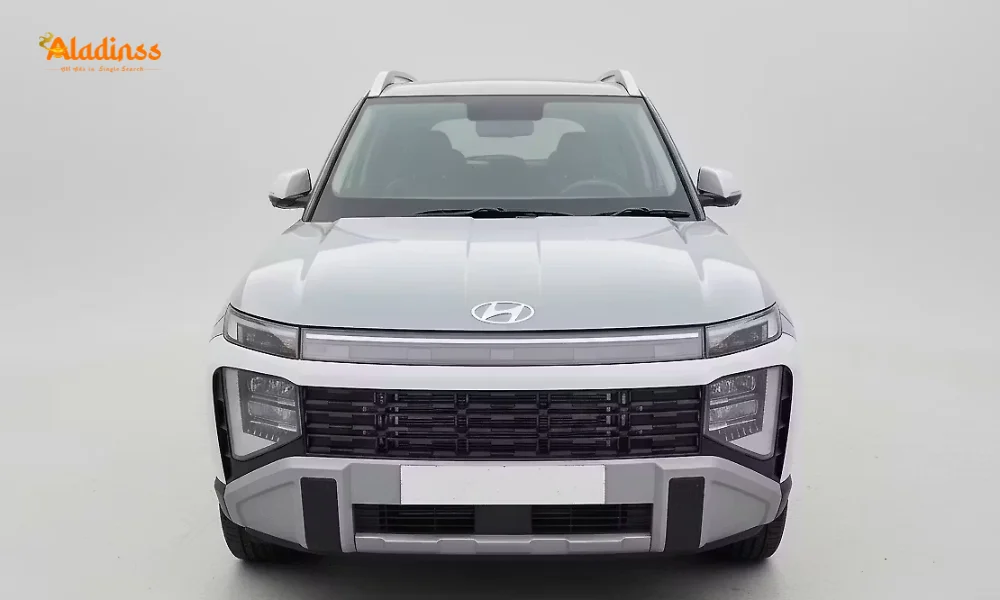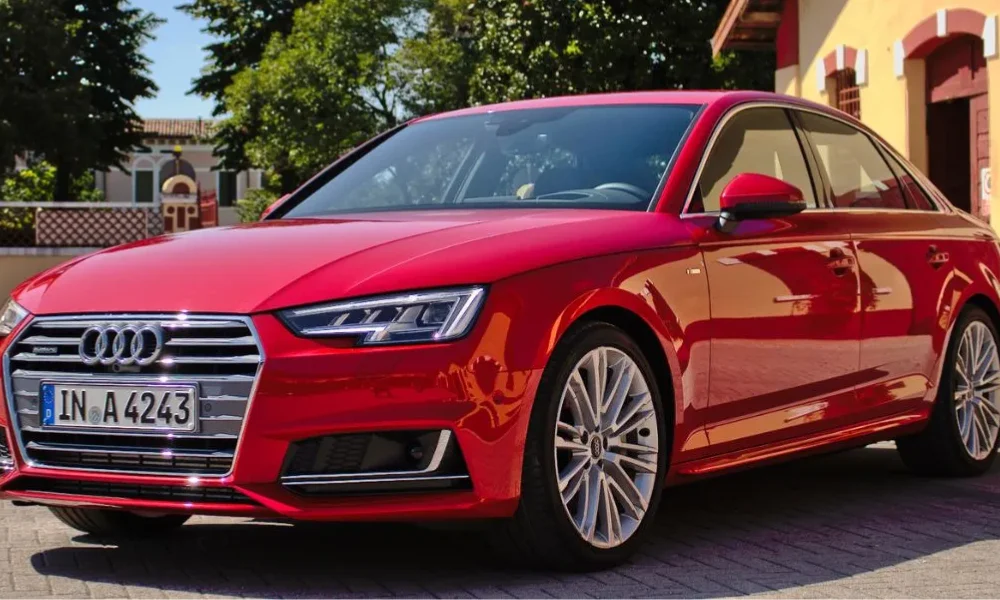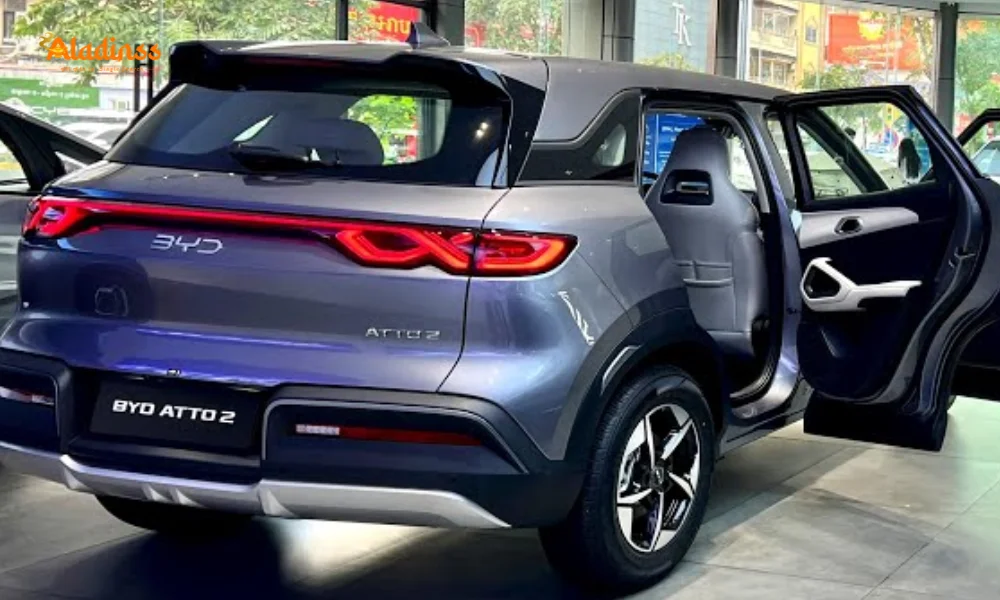2026 Bajaj Chetak New-Gen Spied Testing: Affordable EV in Action!
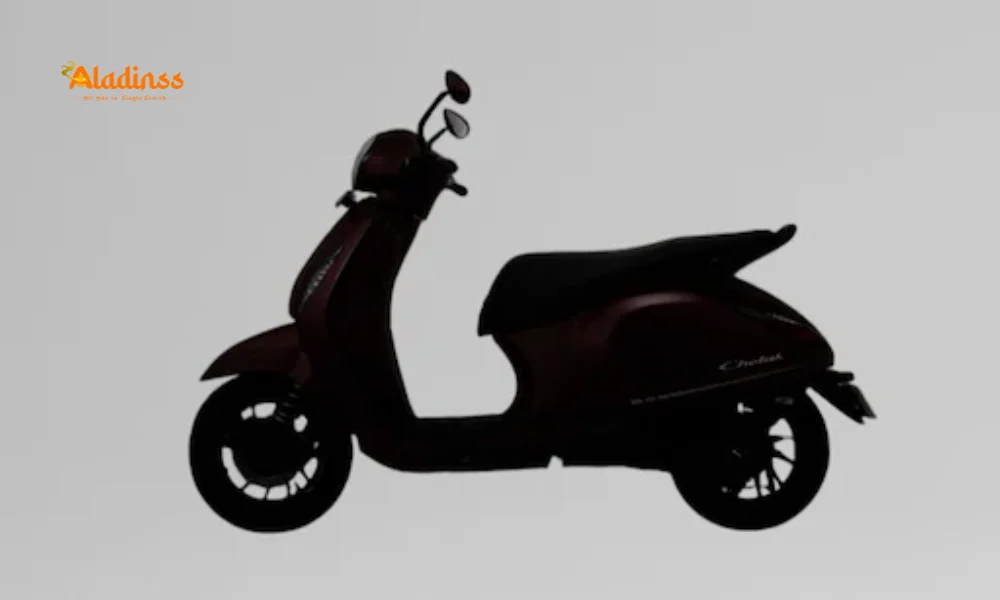
New-Gen Bajaj Chetak Spied: Budget-Friendly EV Scooter Unveiled!
Bajaj Auto is gearing up to revolutionize the electric scooter market with the new-gen Bajaj Chetak, recently spotted testing in India. This next-generation model, built on a fresh platform, appears to be an entry-level electric scooter designed to make EV mobility accessible and stylish. With a compact design, a hub-mounted motor, and familiar yet sharper styling, the 2026 Chetak promises affordability without compromising on quality. Set for a potential launch in Q1 2026, this scooter could redefine urban commuting in India.
The spied prototype reveals a sleek, cost-effective design tailored for budget-conscious riders. As Bajaj expands its electric vehicle lineup, the new Chetak aims to compete with rivals while maintaining the brand’s legacy of reliability and style. Here’s everything we know about this exciting release.
A Fresh Platform for the New-Gen Chetak
The new-gen Bajaj Chetak is built on an entirely new platform, marking a significant evolution from its predecessor. This platform is designed to support multiple battery configurations, offering flexibility for various performance levels and price points. The spied model, believed to be an entry-level variant, showcases a compact and lightweight design, making it ideal for urban commuting and first-time EV buyers.
The new platform also hints at improved efficiency and modern features, positioning the Chetak as a strong contender in the competitive electric scooter market. While specific technical details remain under wraps, the platform’s versatility suggests Bajaj is preparing a range of models to cater to diverse rider needs.

Compact Design with Familiar Styling
The test prototype of the 2026 Bajaj Chetak sports a compact silhouette, making it more agile and easier to handle in city traffic. Despite its smaller proportions, the scooter retains iconic Chetak design elements, including an oval LED headlamp with Chetak branding and a floating seat design. The bodywork appears sharper and more refined, giving it a modern yet nostalgic appeal.
The sleek lines and minimalist aesthetic make this entry-level model visually appealing, blending classic Chetak charm with contemporary flair. This design ensures the scooter stands out while remaining practical for daily use.
Hub-Mounted Motor for Cost Efficiency
One of the standout features of the spied new-gen Bajaj Chetak is its hub-mounted motor. Unlike mid-mounted motors found in premium scooters, the hub motor is a cost-effective solution, indicating that this model targets budget-conscious buyers. This design choice reduces production costs while maintaining reliable performance for urban commuting.
While the motor’s power output is yet to be revealed, it’s expected to offer adequate performance for city riding, with a focus on efficiency and affordability. The hub motor also simplifies maintenance, making it an attractive option for first-time electric scooter owners.
Modern Features for Enhanced Usability
The prototype was spotted with an LCD instrument cluster, basic switchgear, and side mirrors, suggesting a focus on functionality and affordability. The LCD display is likely to provide essential information such as speed, battery level, and range, keeping riders informed without overwhelming them with complexity.
While the entry-level model keeps things simple, higher-spec variants on the new platform may include advanced features like smartphone connectivity, regenerative braking, or touchscreen displays. Bajaj’s focus on modern tech ensures the Chetak remains competitive in the evolving EV market.
Battery and Performance Expectations
Although specific details about the battery pack are not yet available, the new-gen platform is designed to support multiple battery sizes. This flexibility allows Bajaj to offer a range of models, from budget-friendly options with smaller batteries to premium variants with extended range and power. The entry-level Chetak is expected to deliver a practical range suitable for daily commutes, likely between 80-100 km per charge.
Bajaj’s expertise in electric vehicle technology, as seen in the current Chetak, suggests the new model will prioritize efficiency and durability. Fast-charging capabilities and swappable battery options could also be introduced in higher-end variants, enhancing convenience for urban riders.
Pricing and Market Positioning
The entry-level Bajaj Chetak is expected to be priced under Rs. 1 lakh (ex-showroom), making it one of the most affordable electric scooters in its segment. This competitive pricing strategy positions it against rivals like the Ola S1 Air and TVS iQube, appealing to cost-conscious buyers seeking a reliable EV. Higher-spec models may carry a premium, aligning with competitors’ pricing for feature-rich scooters.
By offering a budget-friendly entry-level model, Bajaj aims to capture a larger share of the growing Indian EV market, where affordability and practicality are key drivers of consumer choice.
Launch Timeline and Market Impact
The new-gen Bajaj Chetak is still in the testing phase, with a market launch anticipated in the first quarter of 2026. This timeline aligns with Bajaj’s strategy to expand its electric vehicle portfolio and strengthen its presence in the competitive two-wheeler EV segment. The Chetak’s launch could significantly impact the market, offering a compelling alternative to established players.
With India’s push for sustainable mobility, the new Chetak is poised to attract urban commuters looking for an affordable, stylish, and eco-friendly ride. Its entry-level positioning makes it accessible to a wide audience, from young professionals to first-time scooter buyers.
Why the New-Gen Chetak Matters
The 2026 Bajaj Chetak represents a bold step forward for Bajaj Auto in the electric vehicle space. By introducing a new platform, the company is addressing the growing demand for affordable EVs while maintaining the Chetak’s legacy of reliability and style. The hub-mounted motor and compact design make it an ideal choice for budget-conscious riders, while the potential for higher-spec models ensures versatility for premium buyers.
The new Chetak also reflects Bajaj’s commitment to innovation, with a focus on modern features and efficient performance. As the Indian EV market continues to grow, this scooter could play a pivotal role in making electric mobility accessible to the masses.
What to Expect from Higher-Spec Models
While the spied prototype appears to be an entry-level model, the new-gen platform is expected to support a range of variants. Higher-spec Chetaks may include features like:
- Advanced Connectivity: Smartphone integration for navigation and ride data.
- Regenerative Braking: To extend range and improve efficiency.
- Touchscreen Displays: For a premium user experience.
- Enhanced Battery Options: Offering longer ranges for extended commutes.
These features would position higher-end models as direct competitors to premium electric scooters, appealing to riders seeking advanced technology and performance.
Competitive Edge in the EV Market
The new-gen Bajaj Chetak enters a crowded market, with competitors like Ola Electric, Ather Energy, and TVS vying for dominance. Its entry-level pricing under Rs. 1 lakh gives it a significant advantage, appealing to price-sensitive consumers. Additionally, Bajaj’s strong brand reputation and extensive service network provide a competitive edge, ensuring reliability and after-sales support.
The Chetak’s blend of affordability, modern design, and practical performance makes it a compelling option for urban commuters looking to switch to electric mobility without breaking the bank.
Final Thoughts
The new-gen Bajaj Chetak is shaping up to be a game-changer in the electric scooter segment. With its compact design, hub-mounted motor, and affordable pricing, the entry-level model is poised to attract a wide audience. The new platform’s versatility also hints at exciting higher-spec variants, ensuring there’s a Chetak for every rider. As Bajaj prepares for a Q1 2026 launch, anticipation is building for this stylish, budget-friendly EV.
Whether you’re a daily commuter or an EV enthusiast, the 2026 Bajaj Chetak promises to deliver value, style, and performance. Stay tuned for more updates as this scooter gears up to hit Indian roads, ready to redefine urban mobility.
Comment / Reply From
No comments yet. Be the first to comment!
